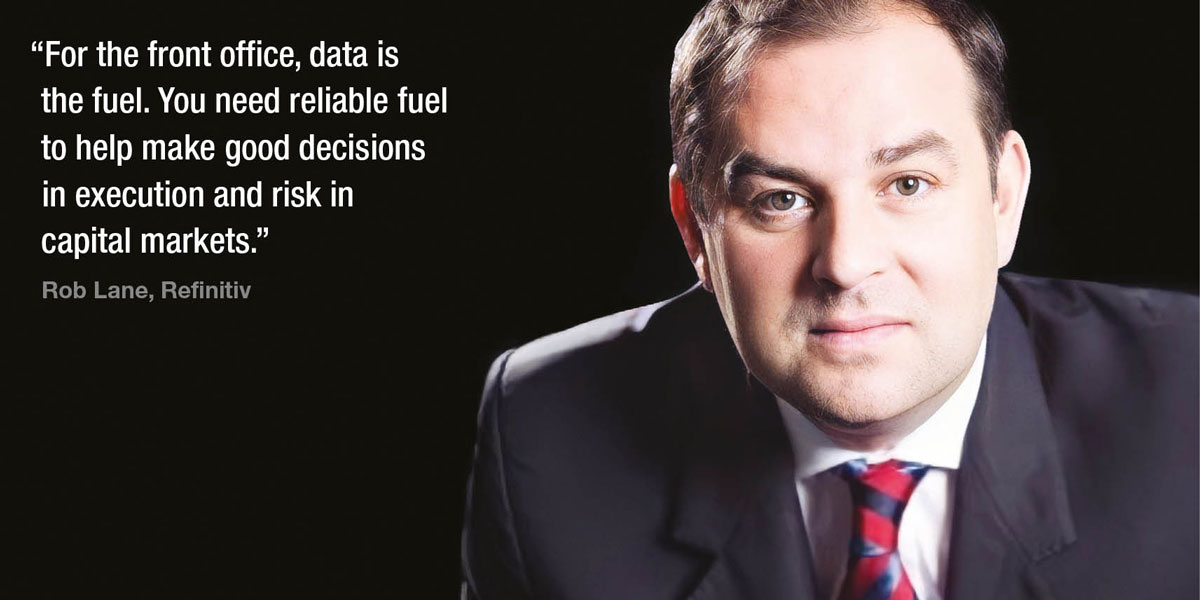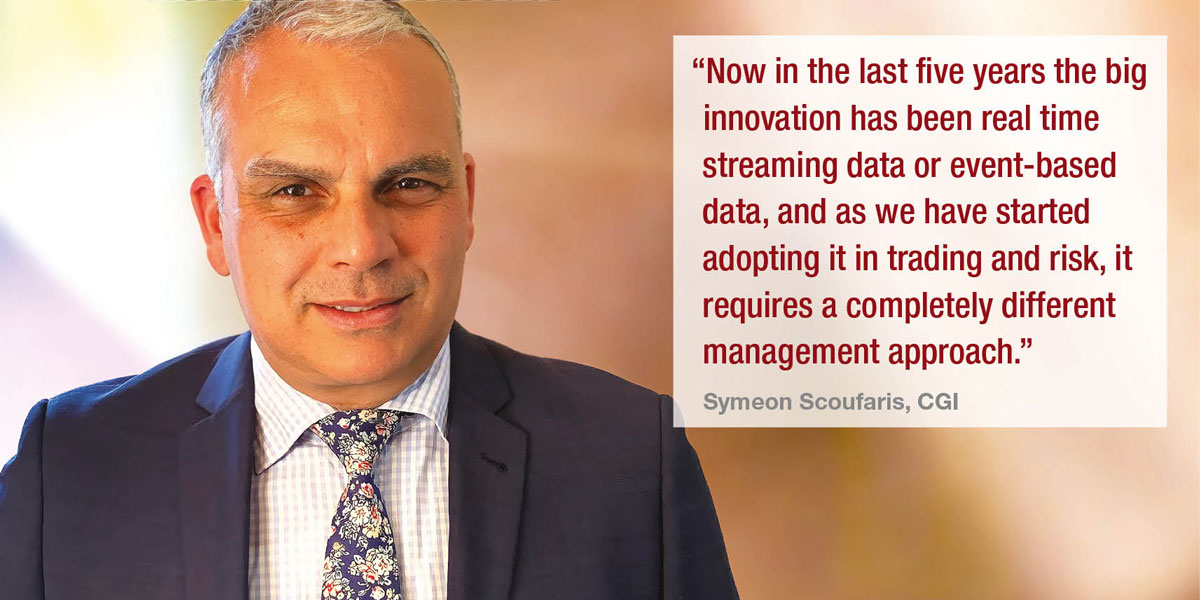refinitiv survey shows 37% of buy-side firms’ front office falls short on data management.
Best execution’s Gill Wadsworth revisits the ongoing challenges and cost of market data.
Failure to correctly access and interpret market data is costing financial services firms trillions of dollars every year.
This is the assessment from Refinitiv – which admittedly has some skin in the data delivery game. It polled 1,600 executives at financial firms across the globe who say they “do not have access to the market and reference data and tools to support data management, that they need to fulfil their potential”.
More than a third or 37% of buyside respondents concede that their front office falls short on data management, which is costing firms $1.76 trillion.
Firms admit that they could increase efficiency by an estimated 34% if they had access to the relevant market and reference data.
As Rob Lane, Refinitiv’s global head of business execution, low latency, points out, “For the front office, data is the fuel. You need reliable fuel to help make good decisions in execution and risk in capital markets.”
Yet sourcing that fuel from reliable sources, understanding and then applying it consistently across trading and execution decisions appears to be a struggle if the survey is anything to go by.
Just under a quarter or 24% believe that connecting data across the front, middle and back office is a challenge, while more than three-quarters – 78% – agree that integrating new market and reference data strategies will require a completely different mindset and attitude from employees.
One problem with linking data within the organisation is the inconsistency from different channels and suppliers.
Aparajita Bose-Mullick, global product manager at SmartStream Technologies, says traders who assume consistent definitions of instruments and asset classes are vulnerable to mistakes when analysing data.
“How everyone agrees on the definition of an asset right across the value chain including front office traders, and the middle and back office is really important because it boils down to understanding the risk profile of the security that they are trading. If you are collating data from a number of sources and it isn’t standardised, there is an increased risk something can go wrong,” she says.
The problems regarding data analysis will only escalate according to Bose-Mullick as firms rely more heavily on a range of market data. These range from ‘elementised news feeds’, which give buyside or sellside institutional traders, quantitative analysts and risk managers real-time news in a data format to power trading algorithms, machine learning and artificial intelligence.
“These tools all help traders just analyse the data and understand and try to quantify it, but how risky are those products? It doesn’t matter whether it is deep machine learning or AI, if junk has been put in then users will get junk out,” she adds.
Drastic changes
The majority of front office decision makers admit that market data management strategies have not changed in the past 10 years and are due an overhaul to extract proper value from the investment.
Yet three-quarters or 76% of the Refinitiv respondents believe that improving how they manage market and reference data will “require drastic changes” in their organisation, technology or strategy.
Respondents are willing to splash the cash and invest in better data management strategies to boost return on investment through increased efficiency. More than half or 56% in the Refinitiv study have increased spending on managing market and reference data. Firms were also willing to increase their purchases of these types of data, potentially driving ROI by growing revenue.
There have been a wide range of specific data management costs driving change over the past 12 months. Slightly over a third highlight increased internal processes around purchasing data while roughly the same percentage point to connecting data across the front, middle and back office and data governance.
However, more than two-thirds say there is a lack of understanding in their organisation as to how they can most effectively leverage their spend on data.
Symeon Scoufaris, director of Capital Markets Consulting at CGI, says financial services firms’ systems and the people using them often struggle to keep pace with enhancements in data technology.
“Financial services firms are a lot better than we were with technology 10 years ago, but we are still trying to catch up,” he says. “We were lousy at integrated data management for trading and risk, then we got a lot better. Now in the last five years the big innovation has been real time streaming data or event-based data, and as we have started adopting it in trading and risk, it requires a completely different management approach.”
Human replacement
Scoufaris predicts an increase in the firms willing to use AI to run index strategies, ultimately replacing human decision-makers.
HSBC’s AI Powered US Equity Indexes (AiPEAXR) were the first and continue to be the only rules-based equity strategies to use IBM Watson’s AI to select from a universe of 250 stocks based on computer analysis, financial health, management, and news and information scores.
“In the past, the big hurdle was the work of integrating datasets into something meaningful and the only way to do it was to have a person who knew about all this sit there and try to do the analysis. There’s half a hope, but half of it is probably a pipe dream, that AI is going to take over this from humans,” says Scoufaris.
He adds, “Unfortunately, I’ve seen far more failures from AI than successes so far. That’s because these AI models don’t have enough training data.”
Scoufaris also questions whether robots will ever fully replace human traders since firms will be unwilling to release the requisite amount of data AI needs to make meaningful decisions.
For this to change, banks need to shift their approach from monetising payment processes or trading operations to ones that focus on making money from data.
John Mason, group head of pricing reference services at LSEG, the parent company of Refinitiv, says, “Chief data officers have come along and are inverting that thinking, and saying that data is a strategic asset. The challenge they have is to create data uniformity and elevate data quality across the organisation through data governance, when in the past the data was sourced in a siloed way to support each individual process.”
Mason says that those firms that make this transition will have greater agility to go into new markets, and to leverage analytic tools such as AI and machine learning, because they have the data as a whole, not in silos.
“Firms that are not able to make this transition will not be able to react as quickly, and they will have a higher cost base,” he adds. “This will impact their business model as they become less competitive.”
The authors of the Refinitiv research conclude that “long ingrained attitudes towards data and data management in both the front office and middle and back office are potentially harming the ability of firms to achieve connected data,” which suggests the need to update data processes and to do so quickly before trillions more dollars are lost to inefficiency.





